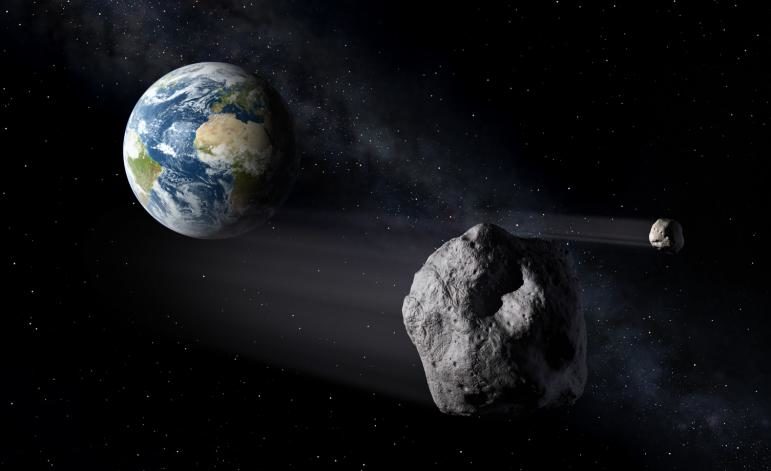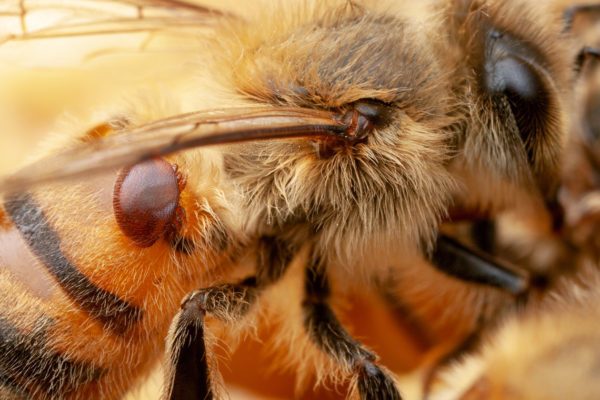
© NASAOver 17,000 near-Earth asteroids remain undetected in our solar neighborhood. Pictured; an artistic illustration of an asteroid flying by Earth.
NASA is currently monitoring a total of five asteroids that are expected to approach Earth tomorrow. Based on the data collected by NASA on the asteroids, the approaching space rocks could cause powerful mid-air explosions if they hit the planet.
The first asteroid that will approach Earth tomorrow is known as
2020 CO. According to NASA's Center for Near-Earth Object Studies (CNEOS), this asteroid is moving towards Earth at a speed of 39,000 miles per hour. It has an estimated diameter of 125 feet.
2020 CO will fly past Earth on Feb. 4 at 1:05 p.m. EST. During this time, the asteroid will be 0.02933 astronomical units or 2.7 million miles from Earth.
The next asteroid that will visit Earth's neighborhood is called
2020 CN. According to CNEOS, this asteroid is about 66 feet wide and is flying across space at a speed of 33,000 miles per hour. This asteroid will approach Earth on Feb. 4 at 2:02 p.m. EST from a distance of 0.01231 astronomical units or roughly 1.1 million miles away.
Trailing behind 2020 CN is an asteroid known as
2020 CR. According to CNEOS, this asteroid is traveling at an average velocity of about 50,000 miles per hour. It has an estimated diameter of 69 feet. This asteroid is expected to fly past Earth on Feb. 4 at 5:51 p.m. EST from a distance of 0.00663 astronomical units or about 616,000 miles away.
Comment: The Watchers website
reports that a newly-discovered asteroid designated 2020 CW flew past Earth at a very close distance of 0.04 LD / 0.00011 AU (16 455 km / 10 225 mi) at 12:50 UTC on February 1, 2020.
This is well within the orbit of our geostationary satellites ~ 35 800 km (22 300 miles).
The object tied with 2017 GM for the 8th closest asteroid flyby on record, according to CNEOS database.



Comment: The Watchers website reports that a newly-discovered asteroid designated 2020 CW flew past Earth at a very close distance of 0.04 LD / 0.00011 AU (16 455 km / 10 225 mi) at 12:50 UTC on February 1, 2020.
This is well within the orbit of our geostationary satellites ~ 35 800 km (22 300 miles). The object tied with 2017 GM for the 8th closest asteroid flyby on record, according to CNEOS database.